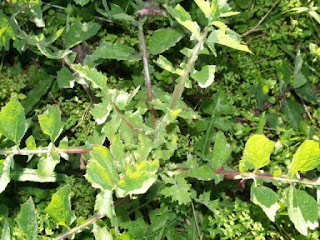

Banksia spinulosa
This is a variable species of Banksia and historically it is one of the earliest Australian plants to be described. After the establishment of the new settlement at Port Jackson, just north of Botany Bay in 1788, the surgeon John White found this Banksia growing. It was named by English botanist James Smith in 1793. In that year a Spanish exploring expedition under Alessandro Malaspina visited Port Jackson. Luis Nee, a naturalist aboard, made an extensive plant collection and it was from this that Antonio Cavanilles named several new Banksias in 1800.
Banksia spinulosa is found on both coastal sands and mountain clay loams .It usually grows as a large open shrub to 3 metres but many coastal forms have adapted to salt laden winds and therefore may be compact and low growing . Flowering time is usually April to July. The colour of the flower can vary from honey, to gold, amber to burnt orange with variation in colour of the flower part known as the 'styles' to yellow ,red or black. It will tolerate frost down to minus 8C. All Banksia species attract nectar feeding birds and are decorative and hardy garden plants.













































 Milk Thistle (Sonchus oleraceus)
Milk Thistle (Sonchus oleraceus)
